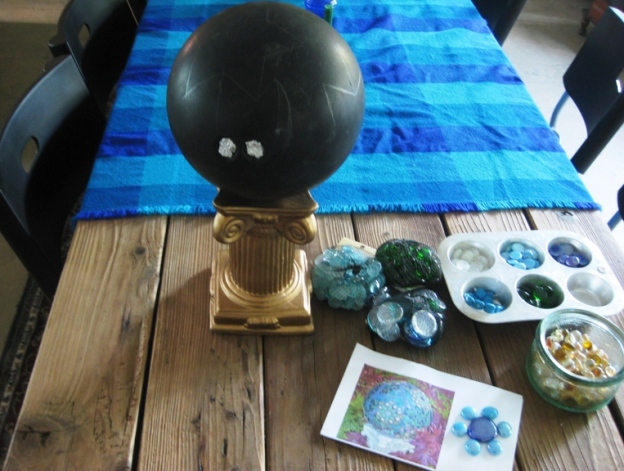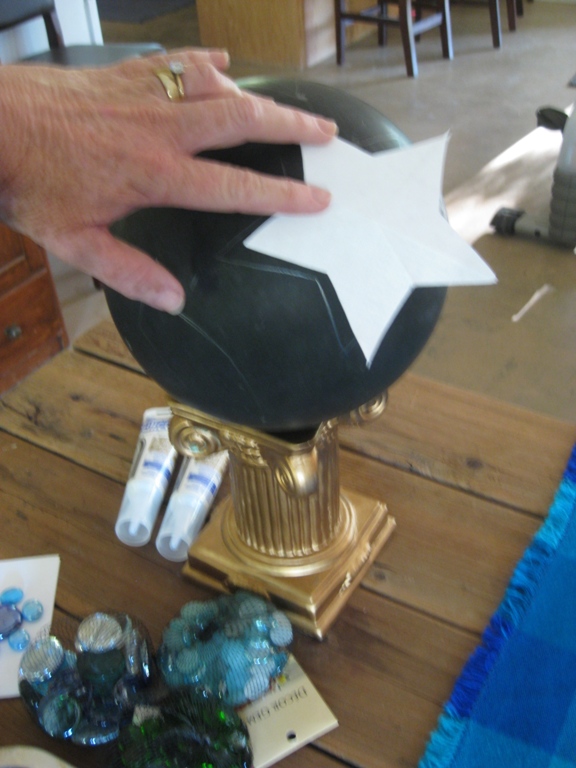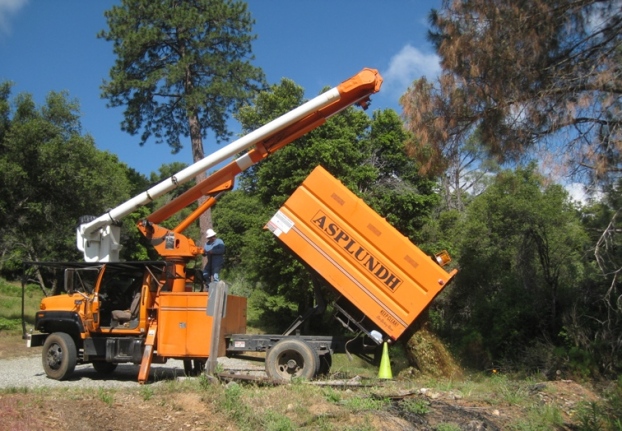By Sue LangleyGarden, Projects, Springa CA native and Field madder, Achnatherum hymenoide, and Bedstraw, Bird’s Eye Gilia, California Poppies, California Yarrow, Chinese Houses, Collinsia heterophylla, Elegant Madia, Eschscholzia californica, Galium aparine, germander, Gilia tricolor, Indian Rice Grass, invasive plants, Layia platyglossa, Mexican Primrose, Pearly Everlasting, Pretty face, Rudbeckia hirta, Spreading Hedgeparsley, Teucrium chamaedrys 'Prostratum', Torilis arvensis, Valley Tassels Notes on what I am really doing in the garden.
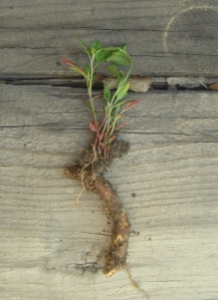
Mexican Primrose, with fleshy bulb-like root.
Mexican Primrose eradication in front beds
Last Fall I decided to sift the soil of the front beds after the first quick weeding did nothing to get rid of this stubborn pretty. It is pretty at one stage, but dries to tall sticks throughout the planting beds. So, there I was taking bit by bit, each area and making sure.

Mexican Primrose coming through root ball of killed plant. Yellowish fleshy root shows at the bottom.
***
***
I got all the roots, I think, with a sharp trowel. All the plants affected were dug up, shaken out, forbidden roots found and placed in nursery pots in the shade. The roots have a thick, fleshy root, which is yellowish, rather than red like the stems of this plant. This must be romoved completely or it will come back.
Fast forward to last month when a second thorough check was done and more stragglers found and dug.
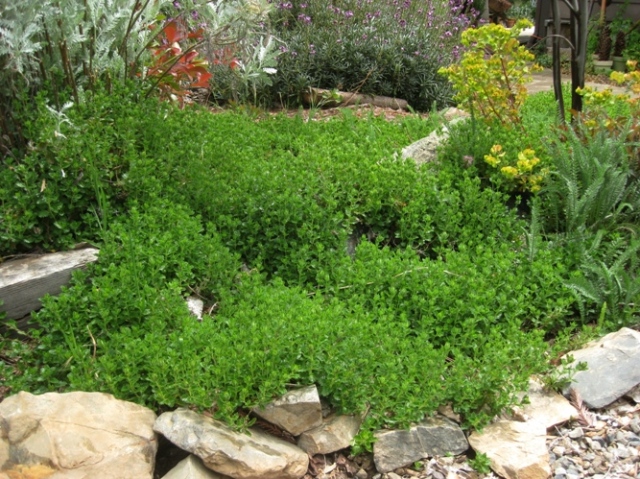
Germander, Teucrium chamaedrys 'Prostratum'
Last weekend, another month later, I put all the plants back, added a few monkey flowers and sages to go with the existing conifers, Germander, Teucrium chamaedrys ‘Prostratum’, (below), Thyme and Snow-in-summer, Cerastrum tomentosum. These last three are some of the most useful Mediteranneans for a California garden.…
Read More+





